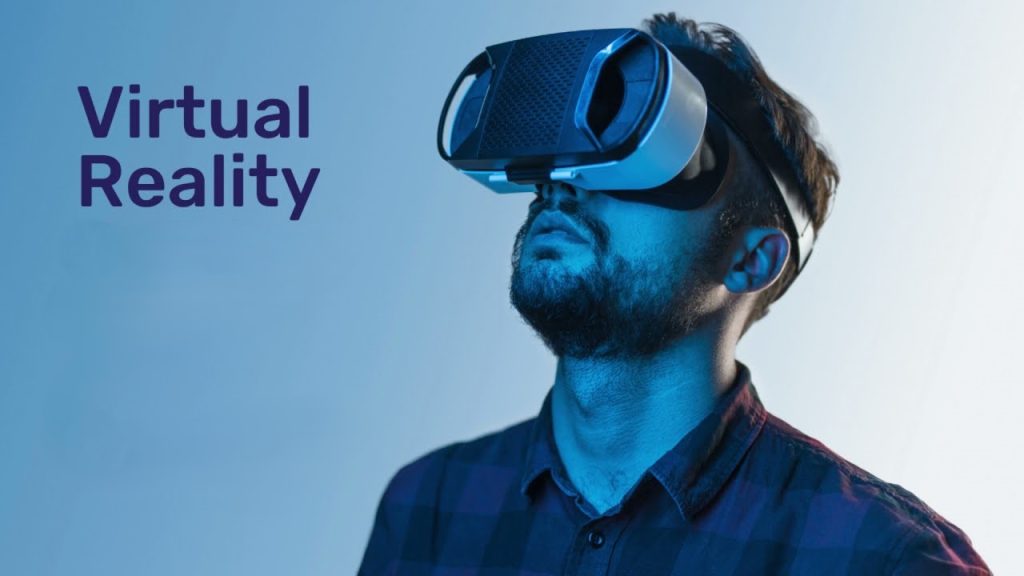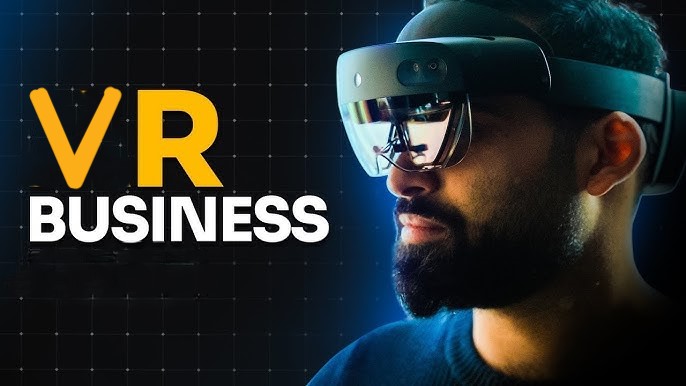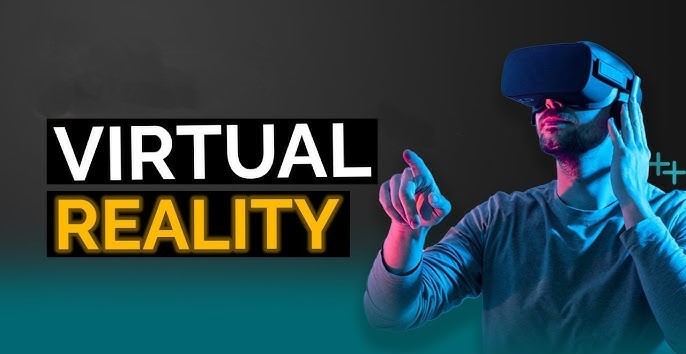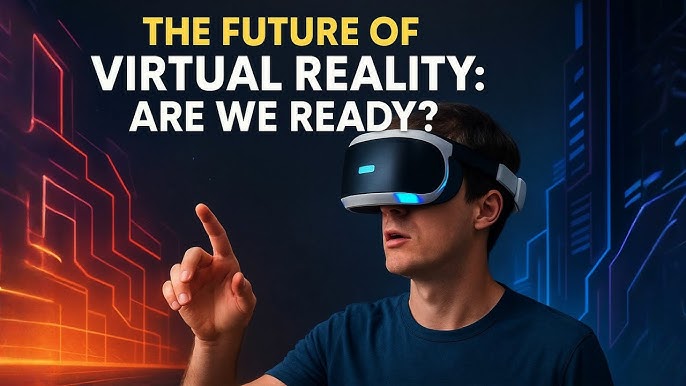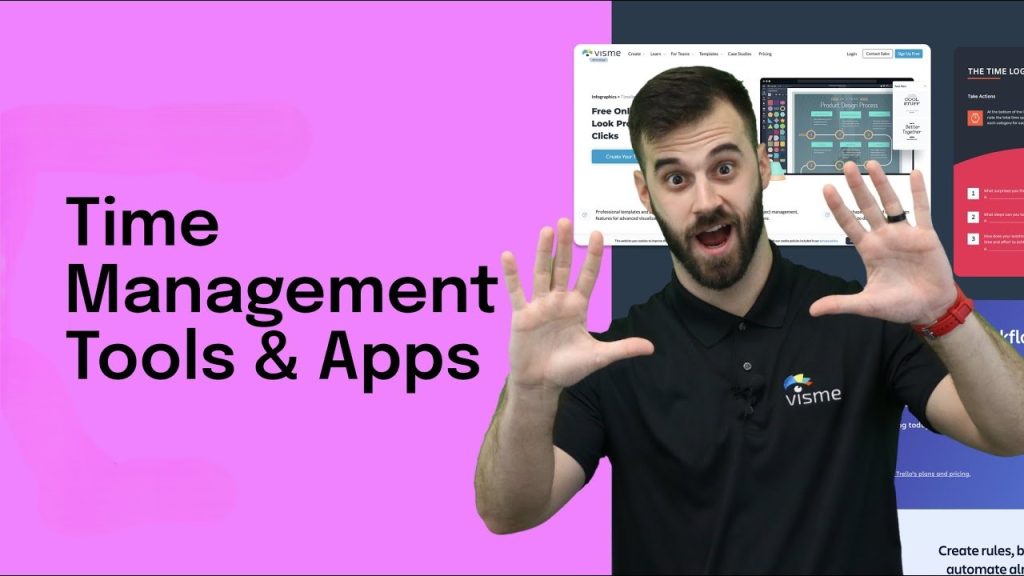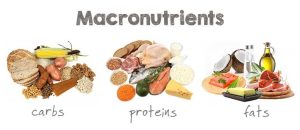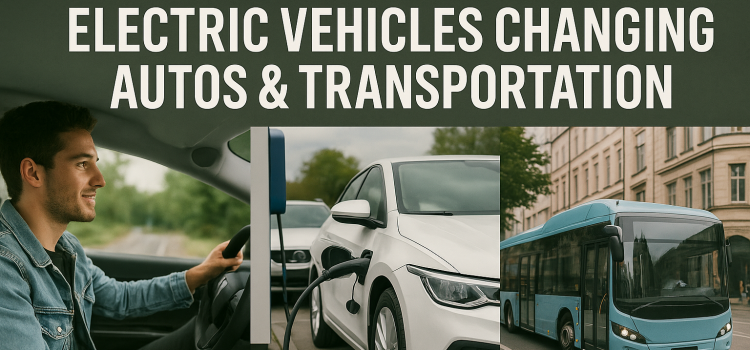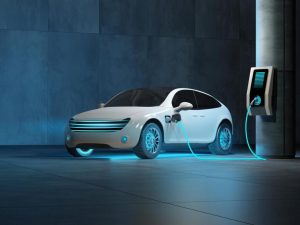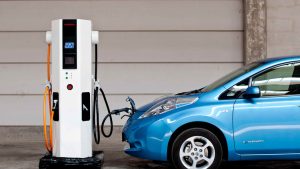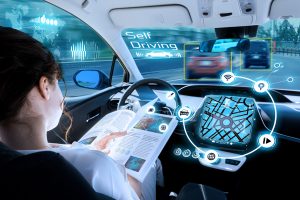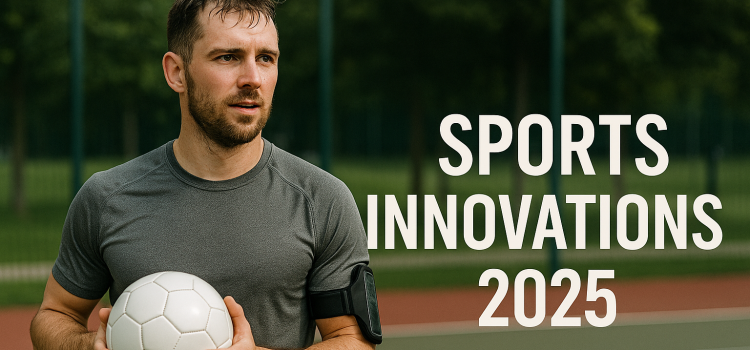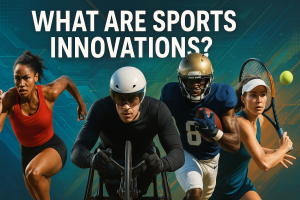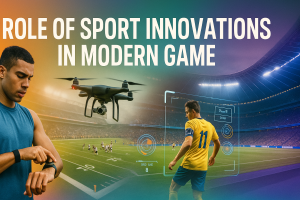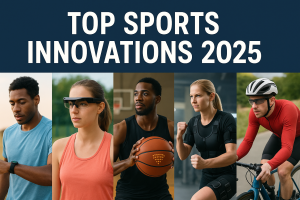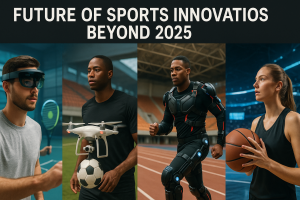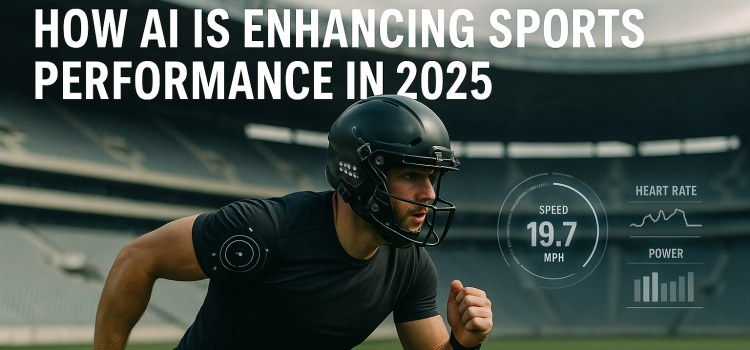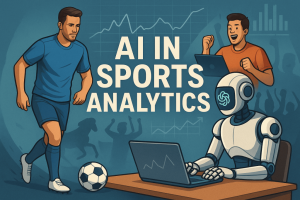
Introduction
Fashion never stands still. Every year brings fresh styles, colors, and ideas that shape what we wear. In 2025, the industry will evolve faster than ever. Fashion trends will reflect our values and tech advances. From long term sustainable fashion to wearable technology, real time designers are blending style, ethics, and innovation.
Whether you’re a trendsetter or just want a wardrobe refresh, these top looks will keep you on point. This guide dives into 10 key trends set to dominate 2025, explaining what they are, why they matter, and how to wear them. Let’s explore the future of fashion!
Top Fashion Trends in 2025

1. Sustainable Fashion?
Sustainable fashion focuses on eco-friendly materials and ethical production. In 2025, shoppers demand transparency. Brands will use organic cotton, recycled polyester, and plant-based fabrics. This cuts water use and carbon emissions.
You’ll see greenery-themed prints and earth-tone palettes. Clothes built to last will replace fast-fashion fads. Repair kits and take-back programs will extend garment life. By choosing sustainable pieces, you support the planet and look great doing it.
Tip: Start with basics like a recycled denim jacket or a bamboo-fiber tee. These items are versatile and eco-friendly.
2. Tech-Integrated Apparel
Tech-integrated apparel blends fashion with function. Smart fabrics will monitor body temperature, heart rate, and moisture. Workout gear adapts to your sweat levels, cooling or warming you on the go.
In 2025, LED accents and color-changing materials will appear on streetwear. Jackets with built-in phone chargers and heated vests will be common for commuters. This trend makes clothes truly smart.
Tip: Try a fitness shirt that tracks your steps and syncs data to your phone. It’s both a style statement and a health tool.
3. Gender-Neutral Styles
Gender-neutral styles blur the line between men’s and women’s clothing. Oversized blazers, straight-leg trousers, and boxy shirts work for everyone. Neutrals like black, gray, and navy dominate, with pops of bold color.
Designers in 2025 will expand sizes and cuts to fit all body types. Unisex sneakers and handbag-style totes will top runways. This trend embraces inclusivity and personal expression over strict labels.
Tip: Mix fitted and oversized items to find your perfect balance. A tailored blazer over a loose tee looks sharp and modern.
4. Y2K Revival
The Y2K revival returns early 2000s looks with a fresh twist. Think low-rise jeans, baby tees, and chunky sneakers. Glossy bags, tinted sunglasses, and metallic fabrics add nostalgia.
In 2025, expect softer color palettes pastel pinks, mint green, and lavender—paired with matte black basics. Retro graphics and logo-mania will make a comeback, but in more refined forms.
Tip: Pair vintage-inspired cargo pants with a minimalist tank top for a balanced Y2K look.
5. Bold Colors and Prints
2025’s runway favors bold colors and eye-catching prints. Electric blue, neon orange, and sunflower yellow will be popular. Animal prints evolve with mixed patterns zebra meets leopard in a single garment.
Floral motifs grow oversized, covering pieces head-to-toe. Geometric prints inspired by 1960s op art will appear on dresses and shirts. Mixing prints is encouraged stripes with florals, checks with polka dots for a dynamic style.
Tip: Start small with a statement accessory, like a bright bag or printed scarf, then gradually add bolder pieces.
6. Digital Fashion and AR Try-Ons
Digital fashion and AR try-ons let you “wear” clothes online before purchasing. Virtual garments exist only in apps, reducing waste from returns. High-end brands will release digital-only collections in 2025.
AR features in shopping apps let you see how a jacket fits on your live image. Virtual fitting rooms in stores will speed up shopping. This tech bridges the gap between online convenience and in-store confidence.
Tip: Use AR try-on to test bold colors you might hesitate to buy in person. It’s risk-free and fun!
7. Upcycling and DIY Trends
Upcycling turns old garments into new treasures. In 2025, DIY customization will be mainstream. Patchwork jeans, hand-painted jackets, and reworked tees will be sold alongside brand collections.
Thrifted finds gain value when personalized with embroidery, tie-dye, or fabric appliqués. Workshops and online tutorials guide you through simple projects. Upcycling supports circular fashion and showcases your creativity.
Tip: Try adding fabric patches to a plain denim skirt. It’s a simple DIY upgrade that makes a big impact.
8. Local Artisanal and Slow Fashion Movements
The local artisanal trend celebrates small-scale craftsmanship. In 2025, consumers will seek handmade accessories, pottery-inspired jewelry, and hand-woven textiles. Slow fashion brands will offer limited-edition drops, highlighting skilled artisans.
Visiting local markets or online platforms featuring community makers supports fair wages and cultural heritage. These items may cost more but carry unique stories and lasting quality.
Tip: Look for local pop-ups or online marketplaces that showcase regional crafts. A one-of-a-kind handcrafted handbag becomes a conversation starter.
9. Athleisure 2.0
Athleisure evolves into Athleisure 2.0 in 2025. Performance fabrics now come in high-fashion cuts. Leggings transform into wide-leg pants. Sports bras become cropped blazers.
Brands blend comfort with elegance. Think moisture-wicking dresses and compressive dress shirts. Footwear merges running shoe tech with stylish silhouettes. Athleisure 2.0 suits both gym and office.
Tip: Pair a sleek, high-tech jogger with a tucked-in blouse and loafers for a polished athleisure look.
10. Minimalist Capsule Wardrobe
As options expand, the minimalist capsule wardrobe gains appeal. In 2025, a curated closet of 30-40 versatile pieces will simplify daily choices. Neutral basics—white tees, black trousers, denim jackets—form the foundation.
These items mix and match easily. Seasonal capsule updates bring in one or two trend-forward pieces, like a statement coat or bold accessory. A minimalist approach saves time, space, and money while ensuring you always look put-together.
Tip: Invest in quality staple items with timeless cuts. They last longer and serve as the backbone of your wardrobe.
Future of Fashion Beyond 2025

Looking forward, fashion will keep blending real and virtual worlds. Augmented reality mirrors may let you “try on” clothes in your home before buying and increase online sales. More brands will adopt circular business models, taking back old garments for recycling or resale. Custom-fit and 3D-printed pieces could make off-the-rack sizes a thing of the past. Digital wardrobes will store your real and online items in one app. As these ideas grow, fashion will become more personal, eco-friendly, and tech-driven than ever before.
Comparative Table: Fashion Trends
| Trend | Key Feature | How to Wear It |
|---|---|---|
| Sustainable Fashion | Recycled, organic materials | Start with eco-friendly basics like organic tees |
| Tech-Integrated Apparel | Smart fabrics, wearable tech | Try a fitness tee that tracks your workout data |
| Gender-Neutral Styles | Unisex cuts, neutral colors | Mix boxy blazers with slim pants for balance |
| Y2K Revival | Low-rise jeans, baby tees, gloss accessories | Pair cargo pants with a fitted crop top |
| Bold Colors & Prints | Neon hues, mixed animal prints, oversized florals | Add a neon bag to neutral outfits |
| Digital Fashion & AR Try-Ons | Virtual garments, 3D fitting rooms | Use AR apps to test bold patterns risk-free |
| Upcycling & DIY | Custom patches, embroidery, tie-dye | Transform old denim with embroidery |
| Local Artisanal & Slow Fashion | Handmade accessories, limited-edition artisan pieces | Support local jewelry makers for unique accents |
| Athleisure 2.0 | Performance cuts in everyday wear | Combine moisture-wicking joggers with a classic blouse |
| Minimalist Capsule Wardrobe | 30-40 versatile, high-quality staples | Build outfits by rotating within your capsule |
Conclusion
2025’s fashion trends will reflect our values and tech leaps. Sustainable fashion and tech-integrated apparel tackle environmental and functional needs. Gender-neutral designs and Y2K revival celebrate inclusivity and nostalgia. Bold colors, digital fashion, and AR try-ons showcase innovation. Upcycling and local artisanal movements support creativity and ethics. Athleisure 2.0 and minimalist capsule wardrobes blend comfort with style. By mixing these trends, you can create a wardrobe that is chic, conscious, and cutting-edge.
Call to Action
Ready to update your style? Explore our curated collections featuring these top 2025 trends. Shop now for sustainable basics, tech-savvy outerwear, and unique artisanal pieces that set you apart!











